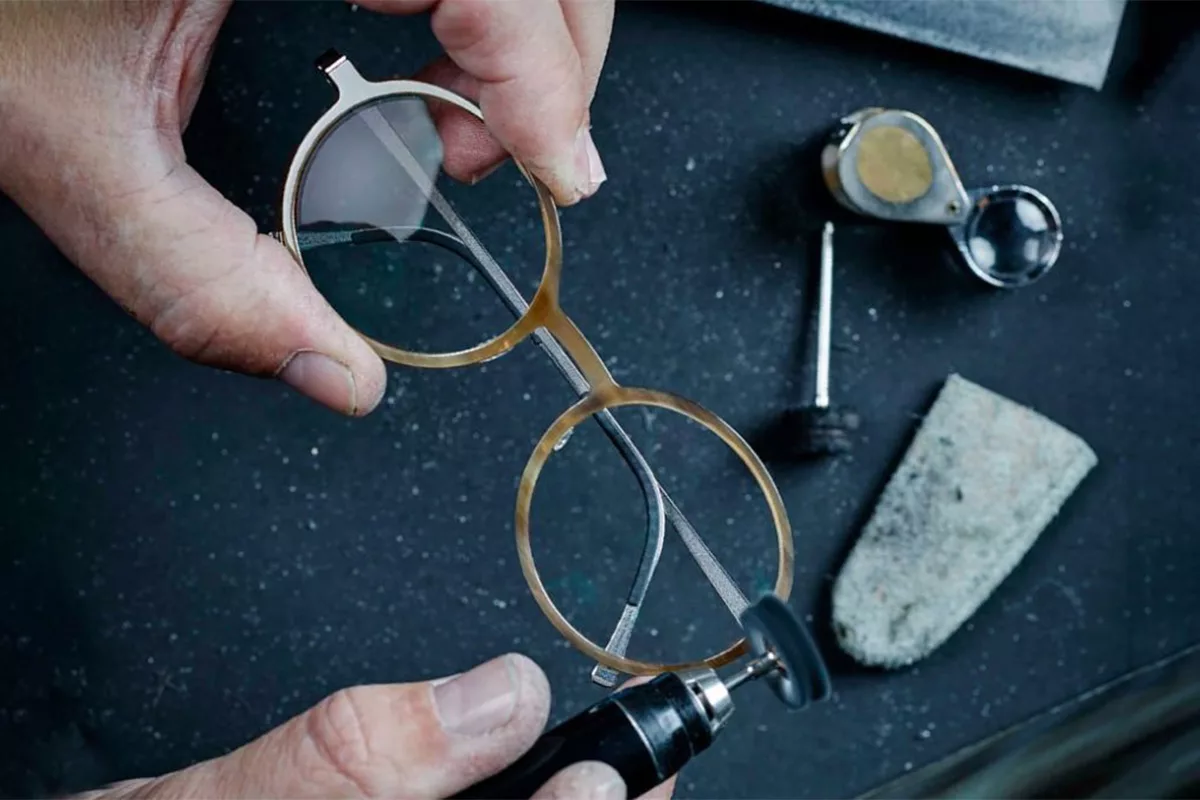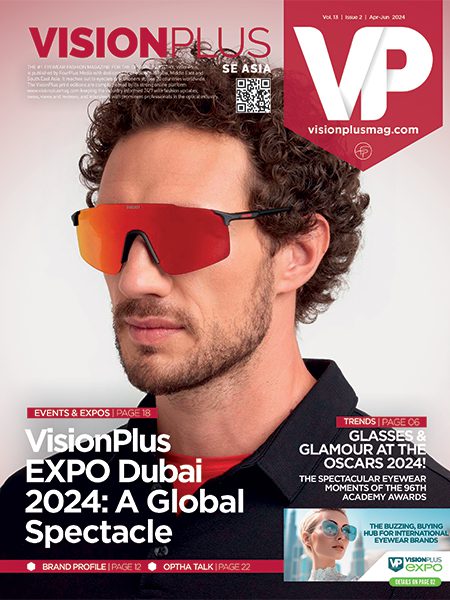To strengthen research on myopia, Essilor International and the Wenzhou Medical University, in China, have launched a research platform: the Wenzhou Medical University-Essilor International Research Center (WEIRC).


Essilor’s long term involvement in research
“Partnering with leading research organizations throughout the world is a key lever of Essilor’s research and innovation strategy” explains Eric Perrier, Vice-President Worldwide R&D at Essilor. “Considering the impact of myopia on people’s lives, it is our responsibility, as the worldwide leader in ophthalmic optics, to contribute actively to investigating myopia’s causes and ways to fight this disorder, together with leading scientists”.
Essilor has been cooperating with the Wenzhou Medical University for more than 10 years on numerous research projects. In the recent years, Essilor International has also been co-operating with several famous Chinese universities and Eye Hospitals for research projects, such as myopia control or new lens material and coating technology, for instance through the Joint Research Center created with the Shanghai University (SEJRDC).
The Group is also involved in the “REAP-Rural Education Action Project” study launched in May 2012, with the Stanford University, to study the link between visual correction and school success in China.
Two billion myopic people in 2020
With one fourth of the worldwide population being myopic today, compared to 15% in 1950, myopia is a concerning phenomenon, especially in Asia. According to estimates, more than 2bn people will be touched by myopia in 2020. Today in China, up to 80% of young people aged 16 to 18 living in urban areas are myopic. In Taiwan and Japan, it has become the second cause of blindness. Though environmental factors are known to play a crucial role in myopia development, studies have demonstrated that it was possible to slow the progression of myopia in young people with dedicated eyewear.
Promising innovations
Essilor’s R&D teams have been investigating the phenomenon of myopia for years and have developed innovative solutions to slow down myopia’s progression in young people. Essilor has even developed a dedicated range of lenses, which make near-vision accommodation easier, and are an effective means of slowing down the progression. Tests on the bifocal Myopilux Max lens have shown that the progression of myopia could be reduced by as much as 62%! These lenses are available in some Asian countries especially affected by myopia, and also in Canada and France.












